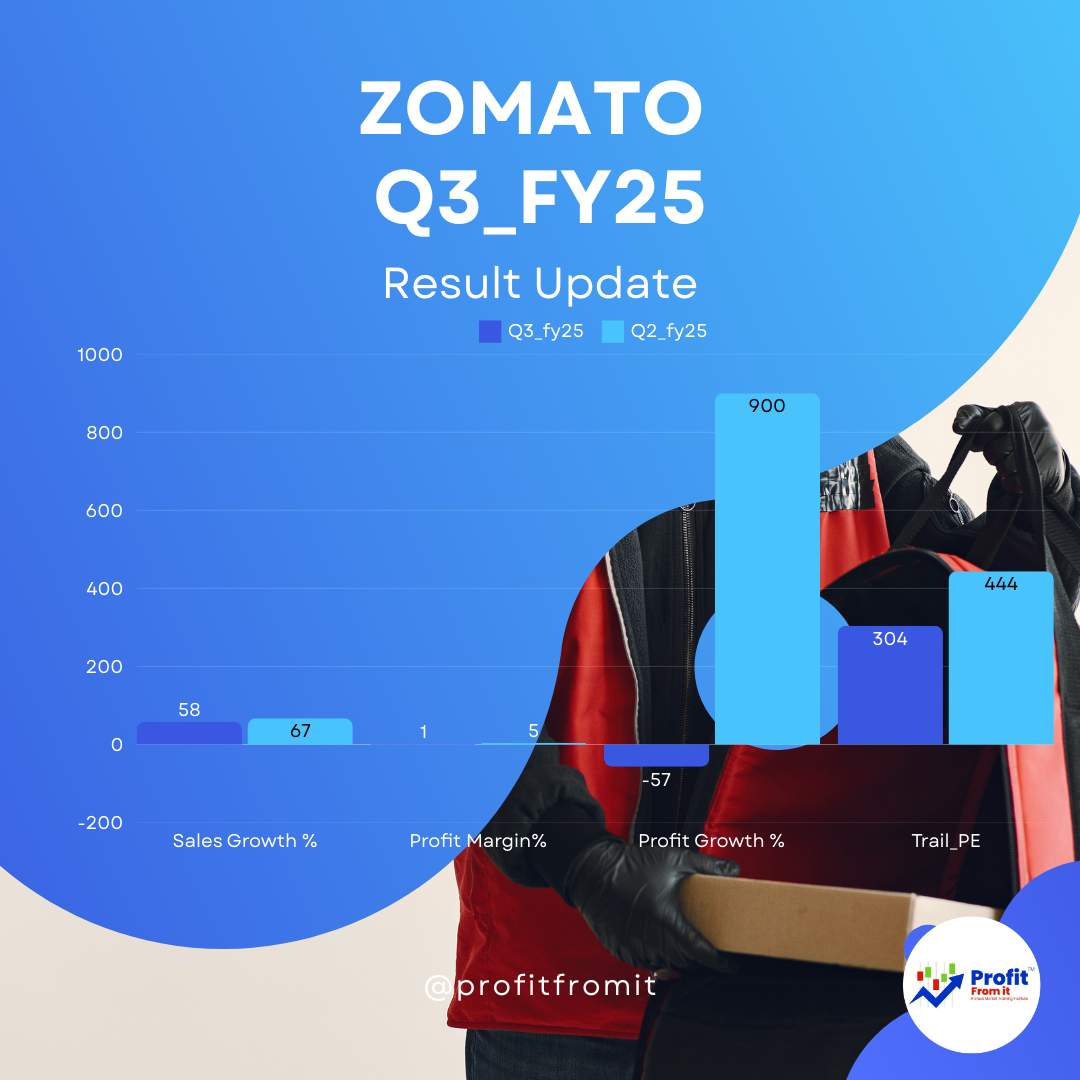
"PM Surya Ghar Yojana": India's substantial effort towards solar power adoption under the PM Surya Ghar: Muft Bijli Yojana (PMSGMBY).
Major Data Points and Scheme Progress 📊
10 Lakh Installations: As of March 2025, the scheme has successfully powered 10 lakh homes with solar energy. 🏠☀️
Substantial Funding: ₹4,770 crore in subsidies has been disbursed to 6.13 lakh beneficiaries, with subsidies varying based on solar plant capacity and household electricity consumption. 💸📈
Collateral-Free Loans: Collateral-free loans up to ₹2 lakh are available at a subsidized 6.75% interest rate, facilitating easier adoption. 💳💰
Environmental Impact: Each installation contributes to reducing carbon emissions, equating to the effect of planting 100 trees. 🌳🌍
Top Contributing States 🗺️
Leaders in Solar Adoption: Gujarat Leads with 42% of the total rooftops as they were early adopters followed by Maharashatra (23%) and UP (9%) making top 3 states contributing 74%. Since the beginning of the solar rooftop initiative in India, Gujarat has consistently been a leader in the adoption of rooftop solar systems. Gujarat's leadership in solar energy began to take shape notably around 2009 when the Gujarat Solar Policy was first launched, making it one of the first states to aggressively promote solar energy. This policy facilitated the establishment of significant solar power projects, including both utility-scale and rooftop installations.
Installation Goals: The aim is to reach 1 crore households by 2026-27. 🎯🏘️
Benefits of the Scheme 🌟
Economic: Households benefit from virtually zero electricity bills, and the government anticipates saving around ₹75,000 crore annually in electricity costs. 💵🔋
Energy Sustainability: The scheme is expected to add 30 GW of solar capacity through residential rooftop installations by 2027. ⚡🌱
Income Opportunities: Households can earn additional income by selling surplus power back to the grid. 💰🔄
Job Creation: An estimated 17 lakh direct jobs are expected to be created across various sectors due to this initiative. 👷♂️💼
Impact on Sectors and Companies 🏭
Solar Equipment Manufacturers: Companies producing solar panels, inverters, and Balance of Plant components are likely to see increased demand. 🏭🌞
Construction and Installation Services: Firms specializing in the installation of solar systems will benefit from the massive rollout of the program. 🔧🛠️
Financial Sector: Banks and financial institutions offering loans for solar installations might experience a rise in loan disbursements and associated financial services. 🏦💳
Energy Sector: Utility companies might adjust business models to incorporate the rise of household energy generation. ⚡🔋
Investment Insights 💡
Renewable Energy Focus: Investors may look towards companies involved in the production of solar panels and related technologies as they are likely to benefit from government incentives and increasing demand. 🌞💡
Emerging Opportunities: New business models around energy storage and solar energy trading could emerge, providing new avenues for investment. 🔋📈
Supportive Infrastructure: Businesses that produce or invest in technologies for energy efficiency and management systems could also see growth, supported by a broader adoption of solar power. 🛠️📊
This initiative not only underscores India's commitment to renewable energy but also highlights significant opportunities for investors in related sectors, looking to capitalize on the increasing shift towards sustainable energy solutions.



 for Investors The provided chart outlines key metrics for Nifty 500 companies across different periods (FY22 t.png)





